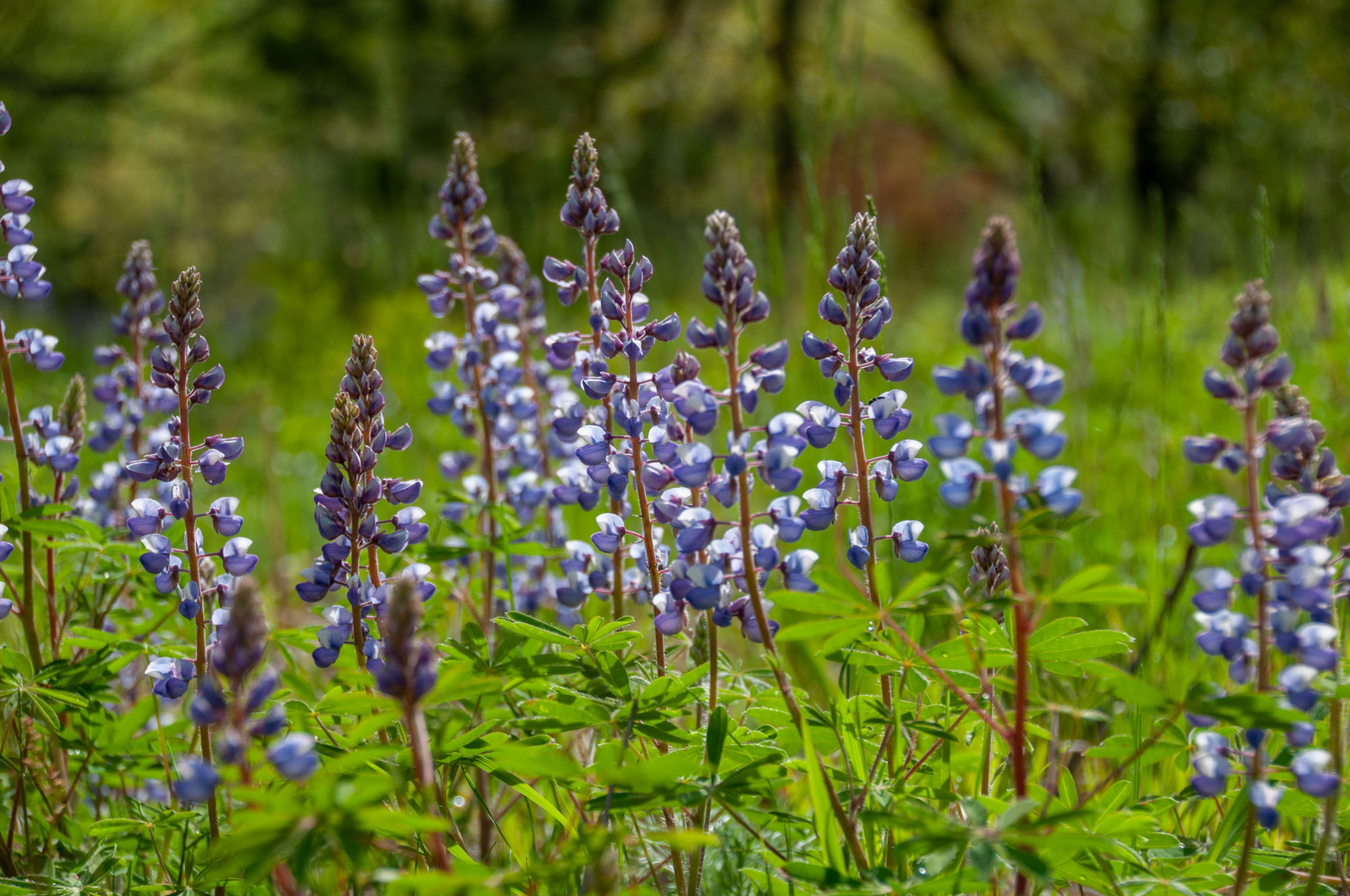
The Surprising Legacy of Suzie
As a young boy I lived in central Illinois, a region better known for its endless seas of windswept corn than any magnificent natural wonders. So I was lucky, perhaps, that my parents’ house backed up to one of the largest oak forests in the county, a dense and expansive jungle that covered the ridges and ravines all the way down to the river.
I was also lucky that ours was a nature-loving family. My dad would often take us kids on little expeditions through the woods, looking for the biggest trees, scrambling up the bluffs, trying to avoid the poison ivy. With our backpacks filled with sandwiches and maps and binoculars, that forest was ours. It was nature just the way we liked it, as we had always known it.
The chainsaws started off in the distance one summer day, their tense and nasally whine cutting through the stillness from the other side of the ridge. A few days later, they were close enough to our house that we could see shadowy figures moving through the woods, dropping trees one by one. That evening we went to survey the damage. It was appalling. Full-grown trees were lying on the ground, their once-majestic branches relegated to brushy heaps. (Photo: The removal of non-native pines from Wege Foundation Natural Area)
![]() When we got back to the house, we found the letter that appeared in the mail a couple weeks earlier from the local park district. The letter said that we should expect some changes to our woods and mentioned things like “restoration,” “oak savanna,” and “historical conditions.” The letter also made the strange assertion that by cutting the trees down, the health of the forest would actually improve. It was signed by a woman named Suzie. If we gleaned nothing else from that letter, at least now our enemy had a name.
When we got back to the house, we found the letter that appeared in the mail a couple weeks earlier from the local park district. The letter said that we should expect some changes to our woods and mentioned things like “restoration,” “oak savanna,” and “historical conditions.” The letter also made the strange assertion that by cutting the trees down, the health of the forest would actually improve. It was signed by a woman named Suzie. If we gleaned nothing else from that letter, at least now our enemy had a name.
That night around the dinner table, Suzie was vilified. We questioned Suzie’s nonsensical goals like restoring the forest to historical conditions. Just let nature take its course! I remember my dad saying, exasperation in his voice. Suzie claimed to be someone who loved nature too, but her vision of nature was a strange and unfamiliar one and had no place in our woods.
I spent the next afternoon tying briars and grape vines into an impenetrable tangle across the path into the forest, my first act of environmental activism. But the next morning, stationed in a nearby fort, I watched Suzie dismantle my blockade with a few swift snips of her loppers, and almost without hesitation Suzie and the chainsaws continued deeper into the forest.
The following spring, Suzie set fire to what remained of our woods. The smoke billowing up from the ravines was final confirmation that our woods was gone. Shortly after the forest burned, we moved to Michigan. Our new house had some open acreage attached, and our family spent one of the first Saturdays that spring planting hundreds of trees—nature as we liked it. Suzie was quickly forgotten. (Photo: Prescribed burn at Brower Lake Nature Preserve)
![]()
In his now-classic book The End of Nature, Bill McKibben writes that the idea of pristine wilderness is an increasingly tenuous one. “Every inch of the planet,” he says, has been transformed in one way or another by the heavy hand of human influence. Our natural lands–however lush they may appear on the surface–have become increasingly un-natural, their structure and function altered in fundamental ways by habitat fragmentation, fire suppression, invasive species, and a climate that was showing signs of instability even 25 years ago, when Suzie and her crew first walked into the woods behind my childhood home.
Many years later, it turns out, I am Suzie. And now I realize that Suzie knew exactly what she was doing. Suzie understood that the forest my family held so dear was dreadfully out of balance. She understood that, despite my family’s perceptions, our woods wasn’t pristine at all. In fact, it was quite the opposite–human fingerprints were all over that forest, if we just knew how to look for them.
Suzie’s chainsaws–and now mine–are just one more human influence on the landscape. Active stewardship might not make a forest any more natural, but it can make a forest healthier, more diverse, and more welcoming for an array of plants and wildlife. Strategic, science-based stewardship can inject new life into landscapes with otherwise bleak futures. That’s really what drew me to this line of work in the first place. Rather than merely complaining about our environmental predicament, ecological restoration provides a hopeful way forward, even if the end result isn’t more “natural,” and even if the process isn’t always aesthetically pleasing. (Lupine growing in restored oak savanna at Maas Family Nature Preserve)
![]()
Recently, some volunteers and I were cutting down invasive Scotch pine on one of our nature preserves, a routine step in our management to make sure that the fast-spreading species doesn’t obliterate the diverse native forest. A neighbor came out to see what we were doing, and she was visibly upset. She was angry that we were killing the pines, especially the big ones that took so many years to grow. She accused me of not knowing the history of the place, of being careless, of not knowing what I was doing. She was a nature lover, she said, and so by inference, I was a nature hater.
I hadn’t thought about Suzie for years, but I thought of her then. I thought back to how strange and unfamiliar her version of nature seemed to my family so many years ago. I didn’t go into any ecological theory with that neighbor, and I didn’t quote Bill McKibben. But I did spend a few minutes talking with her about our management of that woods, and why removing the invasive pine was so important. Both she and I shared a desire to see the forest flourish, we just had a different idea of what it took to get there. I’m not sure that neighbor will show up at our next volunteer workday, but I’d like to think she left our conversation feeling like the woods behind her house has a brighter future. Thanks, Suzie.





Rebecca Marquardt
You have a fantastic voice, Justin. Excellent perspective!
Jacqueline Brayman, Ed. D.
What a fine, well written article. Thank you, Justin!
chris muldoon
What an incredibly eloquent, sensitive response to what you experienced as a youth, Justin. I can relate to what you felt. Just the sound of chainsaws anywhere still causes me heartache and distress. Like you, I now know that sometimes it helps the environment that we love, but, nevertheless, the sound is heartbreaking. At the time, we did not understand Suzie’s “nonsensical goals” like restoring the forest to historical conditions — at least I did not. Live and learn, right? Thank goodness that there were some forward-thinking folks that were, well — forward thinking…
Chris
Vaughn
Great post, Justin.
Jessie Schulte
Thank you for all the education and restoration you do for our community, Justin including restoring our neighbors understanding.